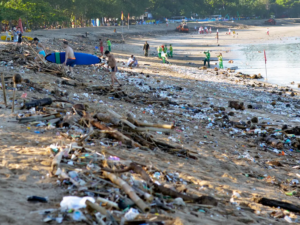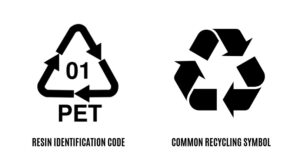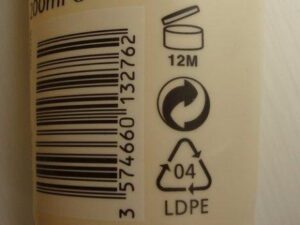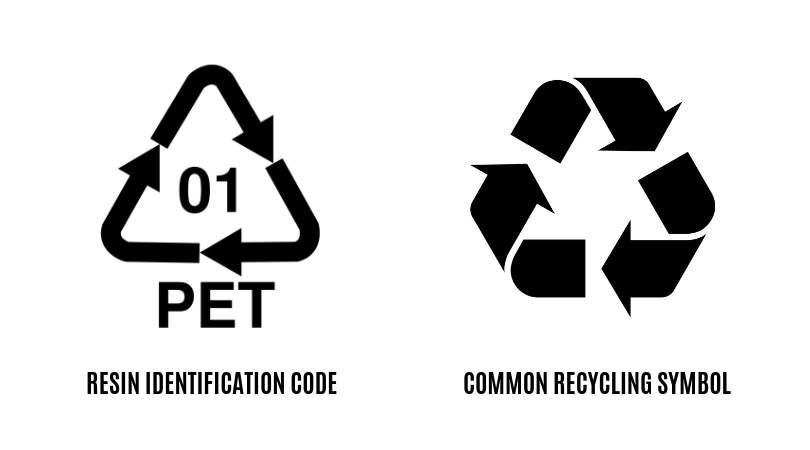Greenwashing Plastic into Communities
By Joseph Roberts
This paper will explore how greenwashing undermines people’s efforts to live sustainability, causes environmental harm, and makes it harder for areas to recover from pollution. I will be looking at greenwashing on plastic products, this is because plastic is a common product to be greenwashed. Many people try to live a more sustainable life, to reduce how much harm they are causing to the environment. However, corporations are misleading consumers by making their products seem more sustainable than they actually are, to make a profit. This is known as greenwashing. Greenwashing has led to harm to both consumers and the environment. It also complicates post disaster recovery, by making consumers beleve that they are alread heling reduce the amount of waste they produce.
https://www.youtube.com/watch?v=isdTMuN4D-k (Now This Earth)
What is The disaster?

(Zoë Miller)
Plastic pollution is harming the marine environments and communities, which is creating a disaster. Plastic that ends up in the ocean can harm or kill marine life by suffocating and entangling the marine life. Plastic pollution also harms coastal communities by harming the local economy and recreational spaces. Plastic pollution harming marine life will affect communities dependent on fishing or tourism. This can lead to communities being unable to sustain themselves as a result of the harm done to their economy, which can lead to a disaster.
https://www.epa.gov/plastics/impacts-plastic-pollution(Impacts of Plastic Pollution)
Examples of Greenwashed Products


(Recycling Questions Answered) (What is a resin identification code?)
The resin identification code is an example of greenwashing. The resin identification code is three arrows shaped like a triangle with a number in the middle. This symbol closely resembles the recycling symbol which can lead to confusion when deciding how to dispose of a product. ”Categorizing plastics by resin identification code coupled with chasing arrow symbols does not accurately represent recyclability as many plastics” (E&E News). Some products justify that they are recyclable based on the resin identification code.”Some manufacturers claim their products are 100% recyclable just because of their resin codes.” (recyclesmartma.org).
https://recyclesmartma.org/2023/05/recyclings-magic-numbers/(Recycling’s “Magic” Numbers)
(SPLICER55)
Another example of how corporations are greenwashing products is by misleading consumers about the composition of the product. This can be seen with the paper bottle that was actually just covered in paper and had a plastic liner. This shows how products can appear more eco friendly than they actually are. It is likely that people who bought the bottle threw it away without thinking it needed to be recycled.
Why is it Bad?
Greenwashing is contributing to the ongoing climate disaster. As a result of misleading consumers about how eco friendly and how cleanly products can be disposed of leads to consumers underestimate how much plastic waste they are producing. This is because the consumers believe that they are living sustainably and that the plastic waste is being responsible disposed of, when they are not. As a result, greenwashing harms disaster recovery by degrading trust and preventing people from actually living more sustainably. It degrades trust in organizations actually trying to help stop the current climate crisis and it makes people believe they are doing something to help reduce the climate crisis.
A lot of greenwashed products are commonly more expensive than the normal alternatives. This only matters if the product isn’t actually more environmentally friendly. Greenwashing is a problem for a multitude of reasons. The first reason is that the consumer is not getting what they paid for. They bought the product because it was marketed as sustainable. The second reason is it undermines efforts made by actual eco friendly companies, while eroding peoples trust in them. By making consumers unaware how much plastic waste they produce, it allows for more waste to end up in landfills or the ocean. This makes it harder for communities affected by the pollution to recover becuase people beleve that they are already doing something to help.
Example of Price Difference Between Greenwashed Products
An example of economic harm can be seen when looking at the price difference between two 3d printing filaments, one marketed as biodegradable and one standard brand of filament. 3D printing can create a lot of waste material. Waste is created in several ways, from the support material and from swapping filament colors. Most people who use 3D printing can not afford the equipment to reuse wasted filament. As a result most of the waste is thrown out. This causes people who print a lot to look at ways to reuse wasted filament. A spool of GreenTec pro filament, which is a modified PLA (type of plastic) mix claiming to be biodegradable is about $47 for .75 kg. While a spool of Matterhacker PLA, which is a standard brand of filament, is $20 for 1 kg. It is not only cheaper but you are getting more filament with the MatterHacker spool. When CNC kitchen tested composting different filaments in a standard composter, he found that both filaments degraded about the same after composting. This may seem like a small price difference in a niche hobby. However this is only one example of a greenwashed product being more expensive.
https://www.youtube.com/watch?v=tavrkWrazWI&ab_channel=CNCKitchen (Stefan)
What Should Be Done?
What should be done to prevent the harm that greenwashing is doing? I believe that there should be more strict requirements to call a product sustainable or eco friendly. Also information should be provided about the specifics on how the product is sustainable. This includes what requirements they meet and who determines whether they are sustainable. I also believe that the resin identification code should be redesigned to reduce confusion with the recycling symbol. Corporations that are caught greenwashing products should receive a fine and have to reliable unsold products with more accurate information about how ecofreindly the product is. “If you look across jurisdictions, from the UK to the EU to the US, even elsewhere to Asia, you get the very clear sense that legislators and regulators are doing something about this and want to be seen to be doing something about this.” (straitstimes). Many countries are trying to prevent green washing. Compaines are being fined for missleading consumers by greenwashing there products.
Conclusion
Corporations are taking advantage of people’s desire to live sustainably to make a profit. They are providing products advertised to be sustainable or recyclable when it’s not. This can cause consumers to overpay for products. Greenwashing not only harms the consumer but also the environment, communities and erodes trust in companies that are actually sustainable. Products being greenwashed makes consumers not realize how much they are contributing to the pollution affecting communities and the environment. There should be better consumer protections against misleading advertising. Greenwashing undermines people’s efforts to live sustainability, causes environmental harm, and makes it harder for areas to recover from pollution. I believe that my suggestion is feasible, creating better definitions about whether a product would count as sustainable would not be difficult to create.
References
“Availability.” Princeton University, The Trustees of Princeton University, catalog.princeton.edu/catalog/99104207773506421. Accessed 24 Nov. 2024.
Borst, Ellie. “EPA Looks to Toss ‘deceptive’ Plastics Recycling Symbol.” E&E News by POLITICO, 22 May 2023, www.eenews.net/articles/epa-looks-to-toss-deceptive-plastics-recycling-symbol/.
“Everything You Need to Know About Greenwashing.” YouTube, Now This Earth, www.youtube.com/watch?v=isdTMuN4D-k. Accessed 12 Dec. 2024.
“Greenwashing – the Deceptive Tactics behind Environmental Claims.” United Nations, United Nations, www.un.org/en/climatechange/science/climate-issues/greenwashing#:~:text=Tactics%20include%3A,company’s%20operations%20or%20materials%20used. Accessed 24 Nov. 2024.
“I Put PLA 3D Prints in My Compost and This Happened.” YouTube, YouTube, www.youtube.com/watch?v=tavrkWrazWI&ab_channel=CNCKitchen. Accessed 24 Nov. 2024.
Miller, Zoë. “13 of the Dirtiest Beaches in the World.” Business Insider, Business Insider, www.businessinsider.com/dirtiest-polluted-beaches-2018-6. Accessed 12 Dec. 2024.
R/Assholedesign on Reddit: Plastic Is the New Paper!, www.reddit.com/r/assholedesign/comments/mmyzwu/plastic_is_the_new_paper/. Accessed 24 Nov. 2024.
“Regulators across the World Crack down on Greenwashing before It Gets Worse.” The Straits Times, 14 Nov. 2024, www.straitstimes.com/world/europe/regulators-across-the-world-crack-down-on-greenwashing-before-it-gets-worse.
“What Is a Resin Identification Code?” Deluxe, www.deluxe.com/products/support/resin-identification-code/. Accessed 12 Dec. 2024.
YouTube, YouTube, www.youtube.com/watch?v=2OLnfNrCQM4&ab_channel=vlogbrothers. Accessed 24 Nov. 2024.
